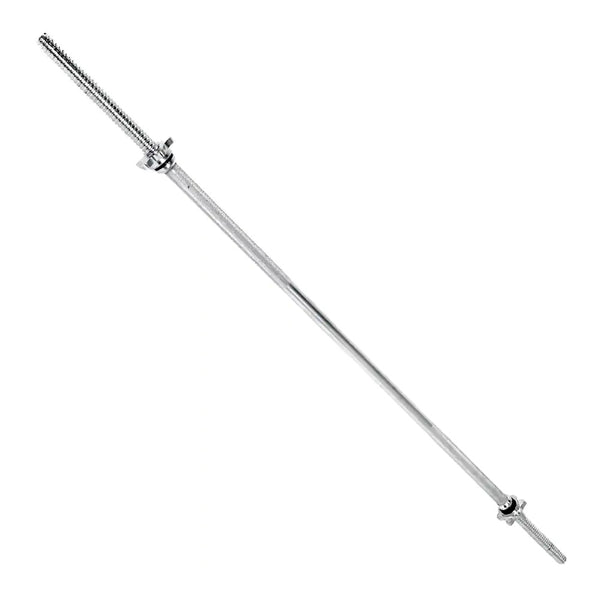Your Cart is Empty
March 12, 2024 3 min read
Plyometric training is a popular form of exercise that has been embraced by many athletes, bodybuilders, and other fitness enthusiasts. The goal of plyometric training is to develop explosive power by utilizing the stretch-shortening cycle of the muscles. This type of training involves the use of plyometric exercises such as jumps, hops, and bounding, which are designed to improve muscle power and endurance. Plyometric training can be used to target specific muscle groups, including the biceps, and can be used to maximize their development.
Shop The Collection: DumbbellsPlyometric training is an intense form of exercise that involves performing rapid, explosive movements that involve a powerful stretching and contracting of the muscle tissue. It is based on the concept of the stretch-shortening cycle, which is a natural process in which the muscles are stretched and then immediately contracted to generate power. This type of training is often used by athletes to improve their speed and power, but it can also be used by bodybuilders and other fitness enthusiasts to target specific muscle groups, including the biceps.
 Shop The Gear: CAP Barbell 5-50 LB Rubber Hex Dumbbell Set with 3 Tier Rack, $793.99 USD
Shop The Gear: CAP Barbell 5-50 LB Rubber Hex Dumbbell Set with 3 Tier Rack, $793.99 USD
Plyometric training can provide numerous benefits for bicep development. These include:
Shop The Collection: BarbellsThere are a number of different plyometric exercises that can be used to target the biceps. These include:
 Shop The Gear: CAP Barbell Standard Threaded Barbell, 6-ft, $45.99 USD
Shop The Gear: CAP Barbell Standard Threaded Barbell, 6-ft, $45.99 USD
When performing plyometric exercises for bicep development, there are a few tips to keep in mind in order to ensure optimal results:
Plyometric training can be an effective way to target the biceps and maximize their development. When performing plyometrics, it is important to make sure to use proper form, perform a full range of motion, and rest adequately between sets. By following these tips, you can ensure that you get the most out of your plyometric training and achieve your bicep goals.
Shipping Protection gives you peace of mind while saving you time and money.
Shipping Protection provides coverage for eligible orders that are lost or damaged in transit, or stolen after delivery has been confirmed by the carrier. MAGMA Fitness, through its partners, administers the protection program and may receive compensation for these services. Coverage is subject to the terms, conditions, and exclusions outlined in our Shipping Protection Terms & Conditions.